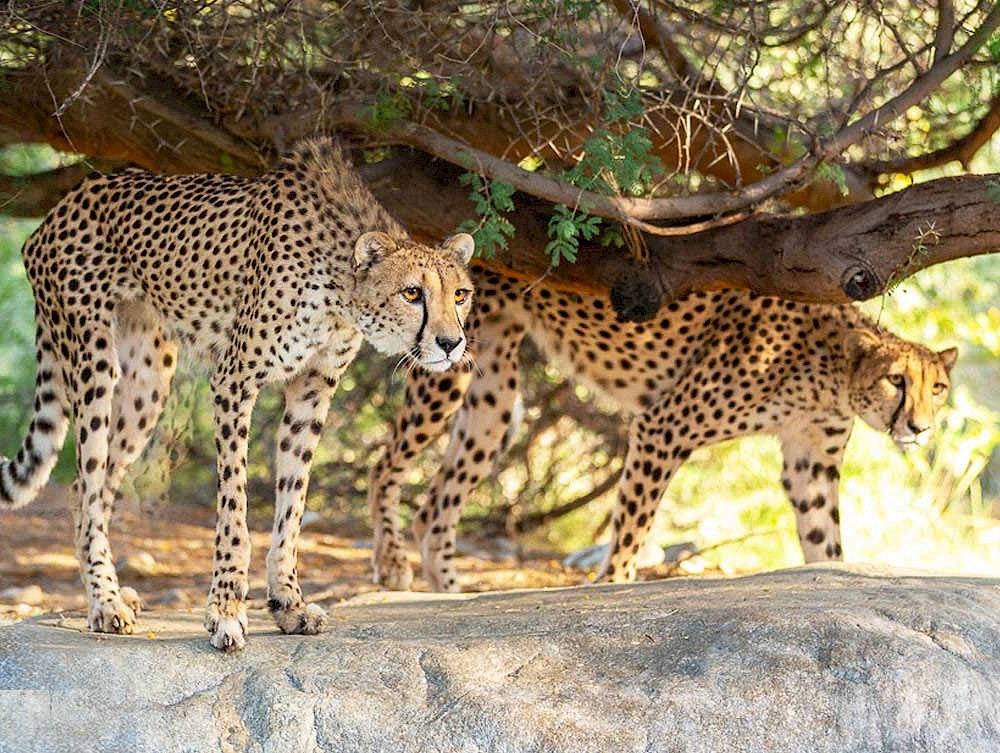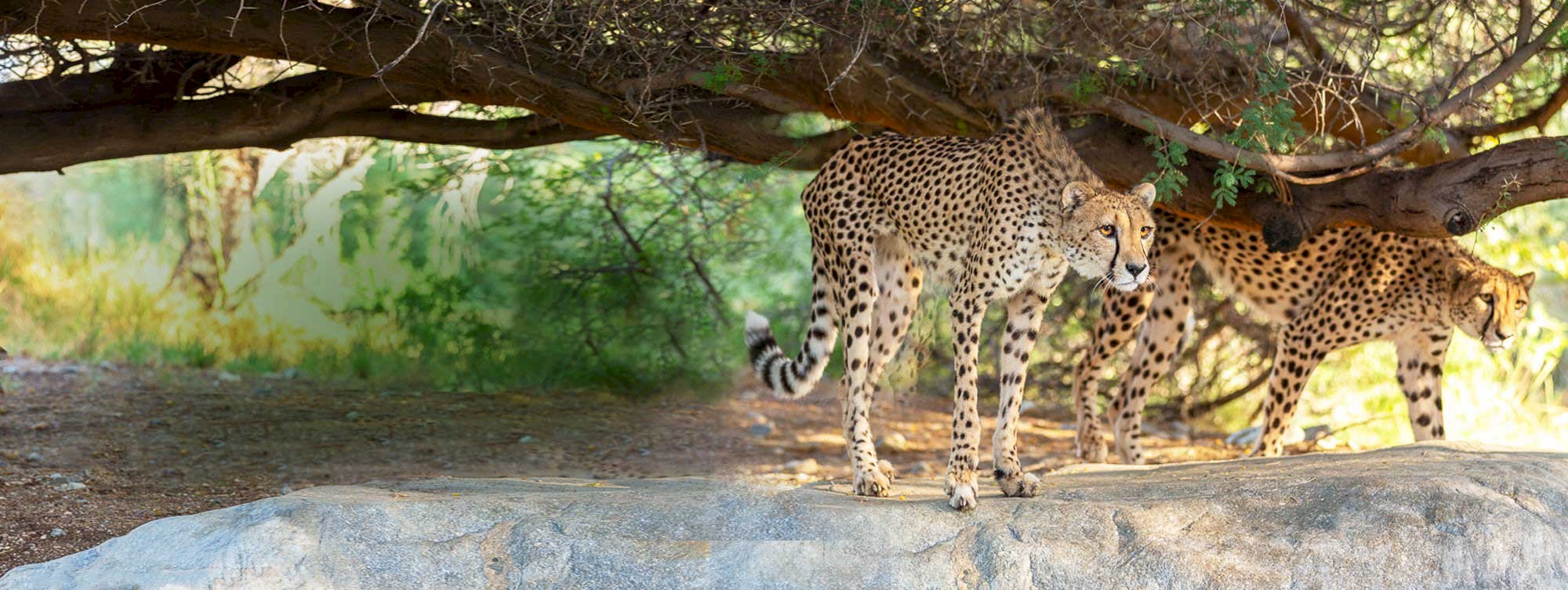A Lot Can Happen
June 19, 2018
Ah, well. After a wonderful 6 weeks in India working with the very impressive Applied Environmental Research Foundation based out of Pune, I am home. Travel to India is rarely quick and comfortable, involving multiple 10 hour plus flights and frequently long layovers in between. In fact, I had one of the longest days (dates?) I have ever had last Saturday. I left Mumbai at 1:45 am local time, flew to and had a long layover in London, and then arrived into San Diego at 8pm. As such, my June 16th totaled 42 hours long, among my longest ever!
In my last post here, I wanted to summarize all that the AERF folks (leaders and staff) and myself were able to accomplish during my 6-week Fulbright Award. I have genuinely enjoyed getting to work with these amazing and talented people. The two directors are innovative and groundbreaking, evident from the fact that AERF is one of the most deeply effective and admirable small conservation organizations I have ever known. Additionally, to a person, their staff are smart, resourceful, and effective. It’s been an honor to get to work with them all.
Many things have resulted from my Fulbright Specialist award and our collaborative work. First, we conducted a baseline scientific training needs assessment for the area of influence in which AERF works by meeting with faculty, students, and researchers from nine universities and four conservation or research organizations across India either in person or via phone. The goal of this needs assessment was to identify the scientific and conservation capacity among current and future conservationists and how it could be improved. These meetings built upon analyses of curricula from several prominent Indian universities, and my reading through over 40 Indian research documents. We identified that Indian scientists were excellent descriptive scientists. However, there was a clear consensus that there is a great need for inference based science. Inferential science takes the data and creates or tests more generalizable conclusions that would make their data more useful and relevant to a wider audience and thus have broader theoretical context.
Next, we began an intensive four weeks of AERF staff workshop in inferential conservation science research. I worked with a total of 13 AERF staff – in both their rural and urban offices – to build their confidence in the theory and application of inferential conservation science research. As important as the knowledge gains that individuals have obtained, and many staff members clearly were comfortable and able to apply the information, I think that the most important outcome of this effort was to stimulate a change in the culture of conservation science at AERF. I feel that the staff and, importantly, the leadership of the organization have shifted such that the value and centrality of inferential science has begun being incorporated into AERF. This is arguably the most important accomplishment of my entire Fulbright Specialist experience.
While the workshop proceeded, we also were able to revise and expand the five restructured and expanded reports and start creating four research protocol documents. This has provided the AERF staff a great opportunity to apply the topics explored during the workshop. While this is still a work in progress, the younger staff in particular are keenly receptive and responsive to this application of our theoretical discussions. Similarly, working with the staff who are learning how to do social and community surveys to improve the design and implementation of six of them has been another great opportunity to apply these ideas. Last, we have furthered the culture and interest among AERF staff to write and submit proposals for research money and fellowships, even including submitting one while I was still in India. Now, that is a rapid application of our inferential science training, literally!
Last, our core original intent for my program was to create an online course, and to base it on all our prior research and training experiences. The goal of this course will be to help build capacity among Indian scientists to do innovative conservation science. I am terribly uncreative at naming things, so the course is at least initially called “Innovative Indian Conservation Science.” See what I mean, zero nomenclatural creativity. While in India I have created a series of documents including the course description and draft PowerPoint presentations for each of the 12 different module topic areas. These modules still have a long way to go, but having a reason and a structure for the class was the main intent of our initial proposal to the Fulbright committee.
It has been incredibly rewarding to meet and work with so many innovative and inspiring researchers during my time in India. Thanks to everyone at AERF and all of the many others from across India with whom I had the pleasure to meet, work and celebrate with, and learn from. Your hospitality, like your amazing food and culture, was delicious, wonderfully varied, spicy, and kind!
Also, thanks to all of you readers for following my journey. I hope that this has been interesting!
Disclaimer: This blog hosted by The Living Desert Zoo and Gardens is not an official U.S. Department of State site. The views expressed on this site are entirely those of its author and do not represent the views of the U.S. Department of State or any of its partner organizations.













